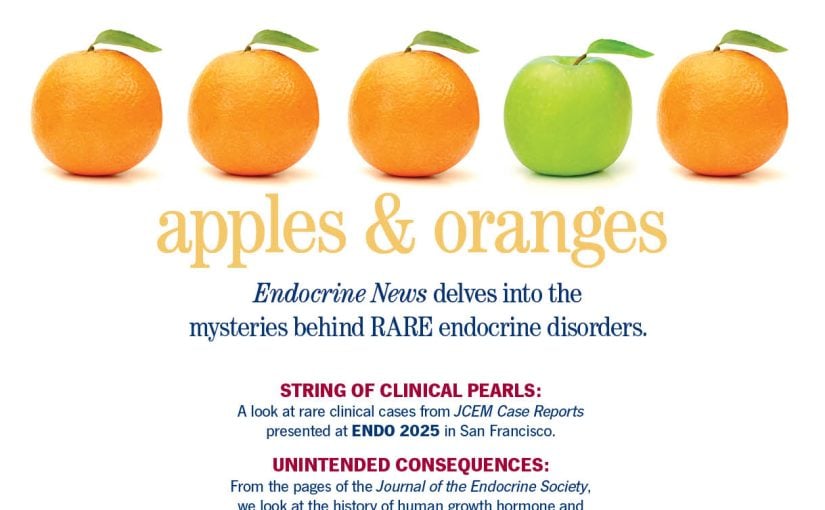As COVID-19 vaccines continue to be distributed, the world’s leading bone health research, clinical, and patient advocacy organizations ASBMR, Endocrine Society, AACE, ECTS, NOF, and IOF provide recommendations to assist clinicians in managing osteoporosis treatments for their patients who plan to get vaccinated. The full guidance document with supporting evidence is available online.
Experts agree that there is no evidence that any osteoporosis therapy either increases the risk or severity of COVID-19 infection, alters the disease course, or interferes with the efficacy or side effect profile of COVID-19 vaccination.
However, considering limited COVID-19 vaccine availability, vaccinations may need to be prioritized and alterations made in standard osteoporosis regimens. Patients are urged to consult with their healthcare providers before making any alterations in the osteoporosis regimens. General bone health measures (i.e., calcium and vitamin D supplementation, weight-bearing exercises, and maintenance of a balanced diet) should not be interrupted at the time of vaccination or thereafter.
“The rapid rollout of the COVID-19 vaccine has raised questions about integrating vaccine administration with ongoing osteoporosis treatment,” says ASBMR President Suzanne Jan De Beur, MD. “These recommendations and the supporting evidence were curated by the world’s top bone health experts to make it easier for healthcare professionals and their patients to understand the best approach for adjusting osteoporosis regimens while getting vaccinated.”
Medication-Specific Recommendations for the Management of Patients with Osteoporosis in Relation to COVID-19 Vaccination
Oral bisphosphonates [alendronate (Fosamax®), risedronate (Actonel®), and ibandronate (Boniva®)]
- Oral bisphosphonates should be continued in patients receiving COVID-19 vaccination.
Intravenous (IV) bisphosphonates [zoledronic acid (Reclast®) and ibandronate (Boniva®)]
- A one-week (minimum of four days) interval is recommended between IV bisphosphonate infusion and COVID-19 vaccination to allow for distinguishing between any autoimmune or inflammatory reactions resulting from either IV bisphosphonate administration or COVID-19 vaccination.
Denosumab (Prolia®) - An interval of four to seven days between treatment with denosumab and COVID-19 vaccination is recommended to allow for the potential occurrence of injection site reactions with either treatment. Alternatively, denosumab treatment could be administered in the contralateral arm or alternative site (abdomen or upper thigh) if it is necessary to administer concomitantly with COVID-19 vaccine. While denosumab timing may be slightly adjusted to account for vaccine timing, denosumab injections should not be delayed more than seven months after the previous denosumab dose.
Teriparatide (Forteo®) or abaloparatide (Tymlos®)
- Both teriparatide and abaloparatide should be continued in patients receiving COVID-19 vaccination.
Romosozumab (Evenity®) - Wait four to seven days between injections, or consideration for injection in the abdomen (except for a two-inch area around the navel) or thigh if administered concomitantly.
Raloxifene
- Raloxifene should be continued in patients receiving COVID-19 vaccination.
Osteoporosis per se does not appear to increase the risk for infection with or complications from COVID-19. Therefore, it is not necessary to prioritize patients with osteoporosis for COVID-19 vaccination only on the basis of that condition. However, any decision to prioritize patients with osteoporosis for vaccination should be based on indications specific to each country.
The complete Guidance on COVID-19 Vaccination and Osteoporosis Management is available here.

